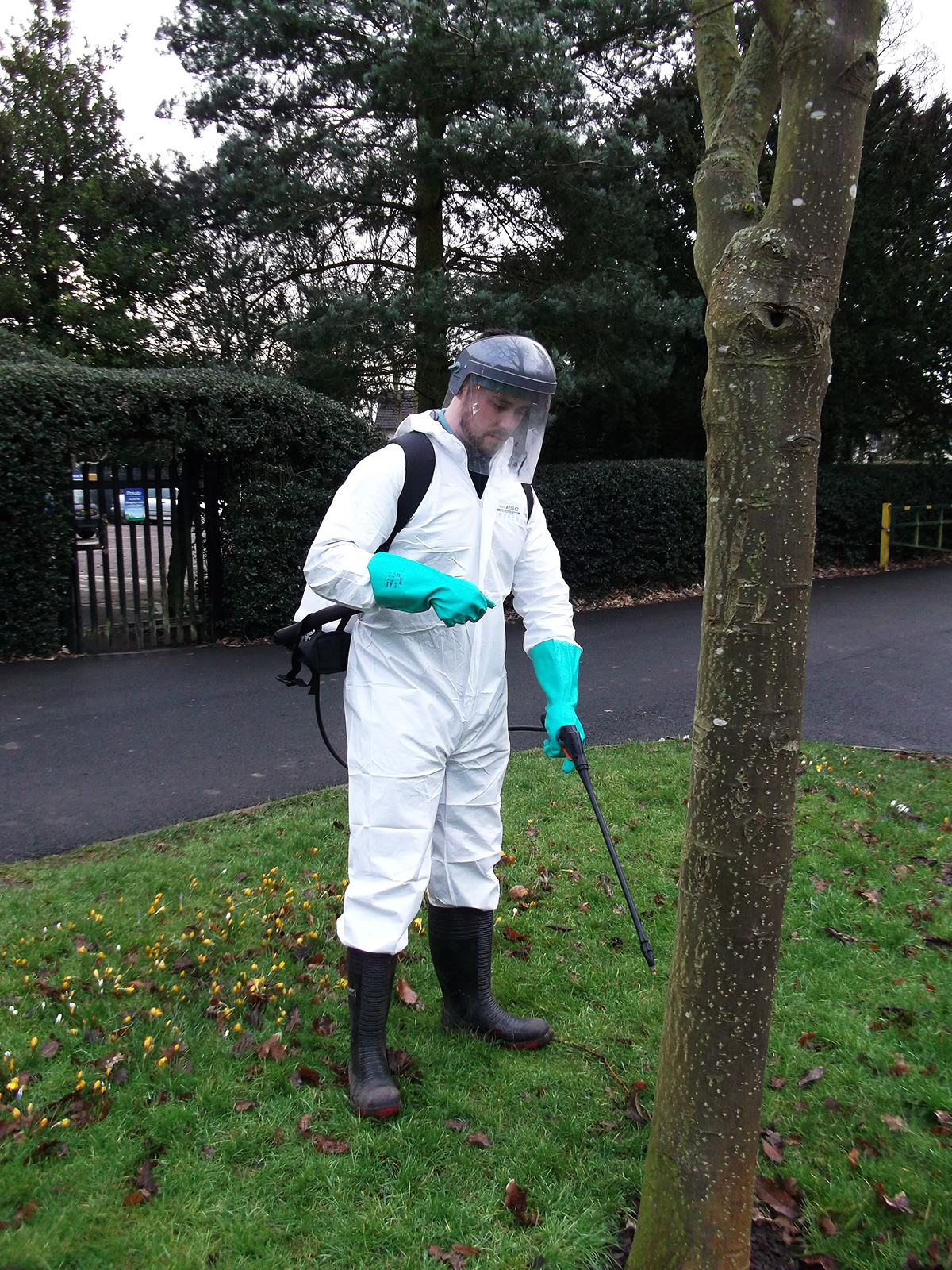Weed killers

We try to reduce our use of weed killers to a minimum, unfortunately there are sometimes no practical or economic alternatives.
What type of weed killer do we use?
An approved glyphosate-based weed killer which is absorbed into the plant, killing both green leaves and roots (non-toxic to animals and humans), and is neutralised on contact with soil is used to prevent our parks and highway land becoming choked with weeds or overgrown by grass. Treating around trees, fences and other obstructions also reduces the chances of damage during grass cutting operations.
Treatment on parks is undertaken by CDA spray (Controlled droplet applicators) – used to spot treat and target individual weeds. This method uses less chemical and is a cleaner method of application and is proven to be a good method when applying herbicide around obstacles and treating areas where there is a small amount of weed cover.
Exploring alternative methods
We continue to explore alternative treatment measures, by working closely with our treatment contractor, Chemical Regulation Division (CRD), Health and Safety Executive (HSE), Department for Environment, Food and Rural Affairs (DEFRA). Whilst also researching with other authorities to identify and share good working practices.
Sports pitches ad bowls greens
Specialist weed killer products is used to treat sports pitches and bowls greens removing undesirable weeds and moss that would otherwise make the pitches and lawns unplayable.
Highways
Weed control on highway land is undertaken using a mix of glyphosate/codacide oil, treatment is completed by trained operatives targeting weeds throughout Leicester using fully equipped quad bikes and handheld spraying devices.
Protective clothing
Although all of the chemicals we use are designed to be non-toxic to humans and animals, our operatives do wear disposable suits and other protective clothing while spraying. This is a general precautionary measure for everyone who regularly uses chemicals and to prevent the chemicals being accidentally spread around on clothing.